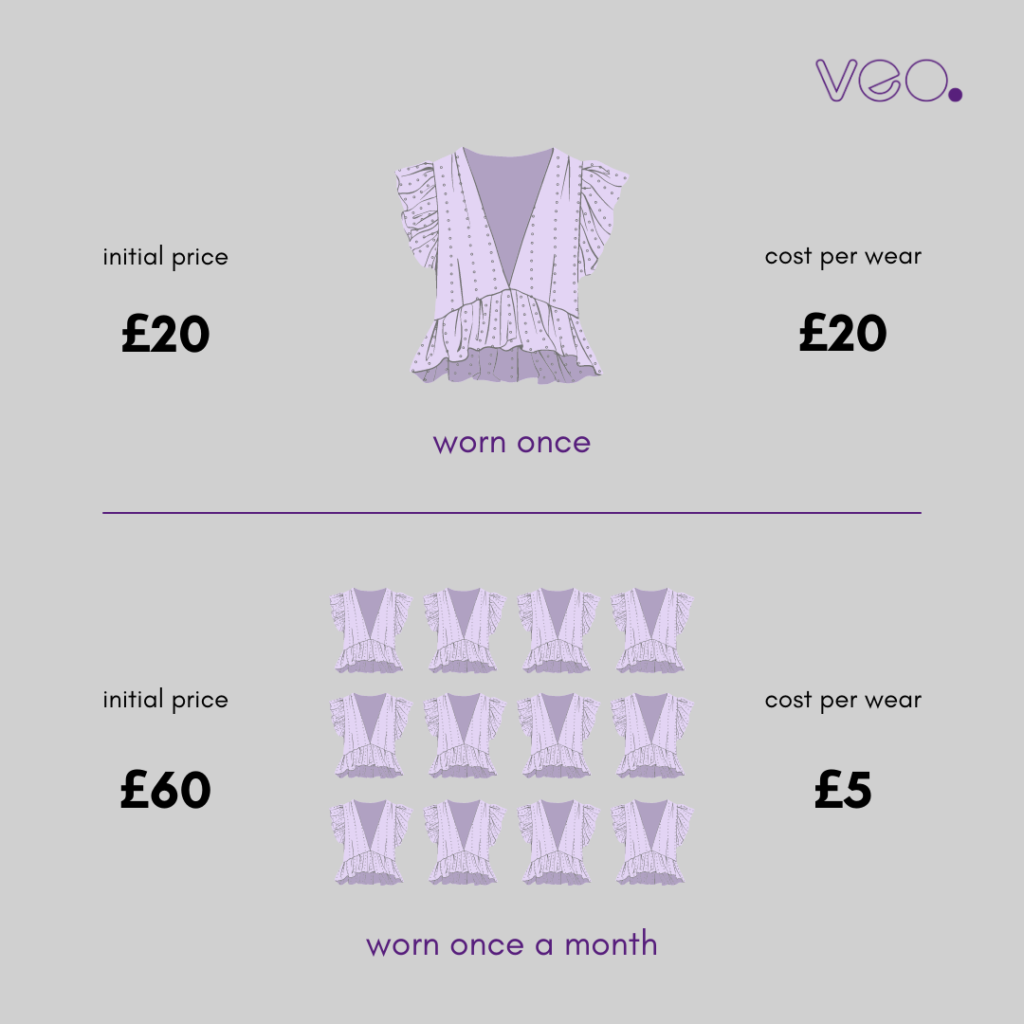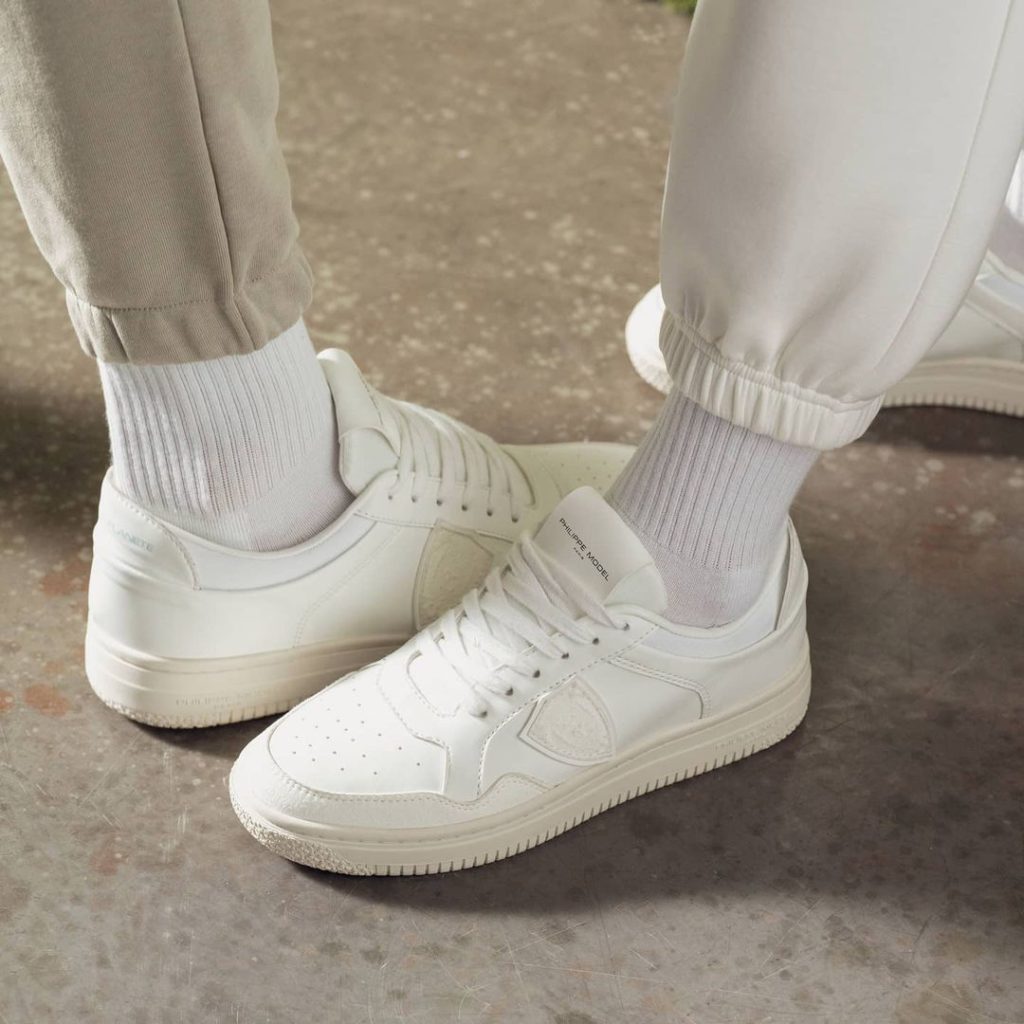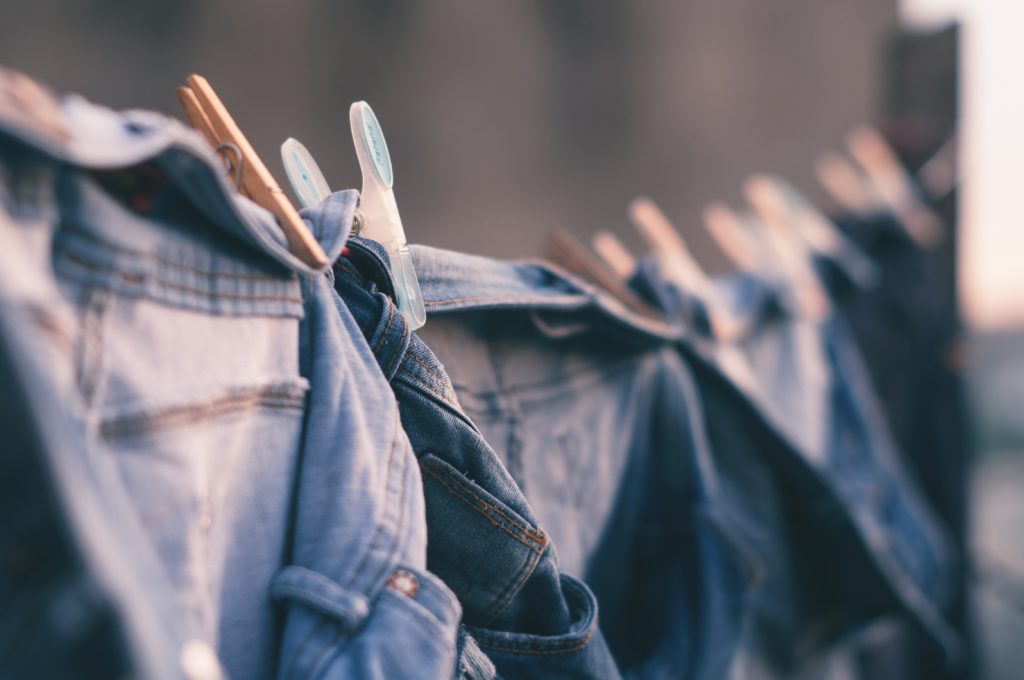TWEET THIS
The fashion industry is the second-largest polluter in the world, after the oil industry, producing an estimated 3.3 billion tonnes of CO2e Click To TweetWhen it comes to sustainability, the fashion industry still has a very long way to go. An addiction to extremely low prices and fleeting trends has resulted in a ‘fast-fashion’ culture that is destroying the planet at an alarming rate. The fashion industry is the second-largest polluter in the world, after the oil industry, producing an estimated 3.3 billion tonnes of CO2e (Fixing Fashion, UK Parliament, 2020). While there is an argument to be made for the positive impacts of making fashion more accessible regardless of income, the unfortunate negative impacts of fast fashion vastly outweigh any positives that may exist.
This week is #FashionRevolutionWeek, a movement created by Fashion Revolution, in response to the tragedy of the Rana Plaza garment factory collapse back in 2013. Eight years later, fashion brands still continue to profit from unethical practices with little being done to regulate them. This past year in particular, fashion brands were under scrutiny for failing to pay garment workers for canceled orders, in an attempt to reduce their losses from the pandemic. This left many garment workers unemployed and resulted in a global call on social media for these companies to #PayUp. It is clear that more and more people are considering the impact that their fashion choices have on the wider community and environment as a whole. So for today’s blog post, we’re sharing some easy ways to buy less, choose well, and make it last with slow fashion.
1. Stop following trends and develop your own style

Much of the appeal of fast fashion comes from being able to rock the same trends as your friends, your favourite celebrity, or influencer. We get it, being able to emulate the people you admire can feel empowering, especially when those Instagram likes start pouring in! But the confidence boost you get from creating your own unique look; that’s a feeling that doesn’t go away with the next big trend. By developing your own style, not only will you feel more comfortable with what you wear, but you also won’t break the bank (or the planet) buying more clothes than you need, just to throw them away with the new season.
2. Seek out high-quality, versatile pieces
Pin It!

When it comes to making better fashion choices you essentially have two options. Option 1: you can spend money purchasing lots of low-quality pieces that are trendy right now but are cheap enough to discard once the ‘gram has seen them. Option 2: you can spend the same amount of money buying fewer pieces that are high-quality, go with almost every outfit, and will last for the next few years. We are all guilty of thinking we get good value from Option 1, proudly telling our friends the long list of things we bought and getting them to guess how much we got it all for. But it’s not long before all those pieces end up at the back of your wardrobe, never to be worn again. The true value comes from having a wardrobe you can mix and match to create classic outfits that you’ll wear time and time again.
3. Look for environmentally-friendly materials

It takes around 2700 litres of water to produce just one cotton t-shirt. So if you’re really looking to reduce your impact on the environment, it’s time to take a closer look at the materials in your clothing. Avoid conventional cotton, polyester, acrylic, nylon, and viscose which are difficult to recycle, utilise excessive resources, and release hazardous dyes and microplastics into the environment, disrupting ecosystems. Instead, look for organic alternatives such as organic cotton, organic hemp, and organic linen or recycled alternatives such as recycled cotton or recycled polyester (rPET). Recycled polyester in particular is made from plastic bottles and is therefore, a great way to support the reduction of plastic waste that would otherwise end up in landfill. New and innovative biomaterials are being created every day using anything from pineapple leaves (Pinatex) to grape skins. Check out ACBC, a brand that makes innovative footwear that is comfortable and versatile, made entirely from recycled and bio-based materials.
4. Take better care of the clothes you have

Even if you can’t replace your entire wardrobe with eco-friendly fabrics and materials, one thing we can all do is take better care of our clothes. Simple things like checking the care instructions can ensure your clothes don’t become worn out and dull over time. Washing your clothes less frequently in general not only helps maintain the quality of your clothing but is also better for the environment as it reduces water waste and water pollution from detergents and microplastics. Another great way to make your clothes last longer is to learn how to do basic repairs. Being able to replace a button or stitch up a small rip in your clothing means you can avoid throwing away pieces that are otherwise still wearable.
5. If you must buy fast fashion, buy it second-hand

While ideally, we’d love to avoid fast fashion altogether, it’s a process. We understand that shopping from sustainable brands only can be a challenging transition due to lack of accessibility, financial restrictions, and more. So if for any reason you have to buy something from a fast fashion brand, avoid creating additional demand by shopping second-hand. There are countless platforms that allow you to buy and resell clothes you are no longer wearing, helping to promote a circular economy. By only purchasing second-hand fast fashion, not only are you keeping these products out of landfill for longer, but it’s cost-effective as well!
And if you’re looking for a platform to get you started on your transition, you’ve come to the right place. Check out our Fashion section to discover the best, fashion-forward, sustainable brands on the market!